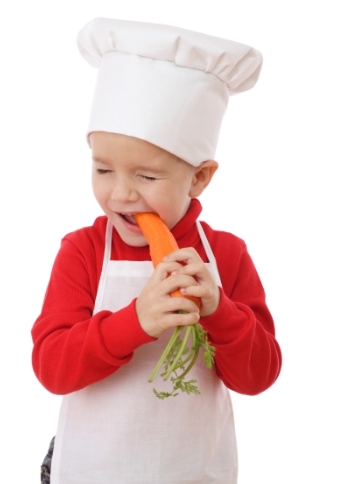Children can react to food in many ways. Children can have reactions to food for many different reasons.
The immune system of a child reacts to food in a similar way to how it reacts to bug or pollen bites. Allergy reactions usually occur to proteins rather than sugars or fats in food. They are also usually instantaneous. Tree nuts, shellfish, and peanuts are the most likely to cause severe reactions. Cow’s milk and eggs are the most commonly associated with less severe reactions.

Celiac is included in this group. Celiac disease is an allergy to gluten, a protein found in wheat. It causes the immune system to react if even small amounts of it are consumed. The gluten allergy is worth an entire blog: Gluten-Free Blog.
By the age of 5, 80-90% will have outgrown their allergies to wheat, soy, eggs and milk. Peanut allergies are only outgrown 20% of the times. Do not experiment! There will be fewer people who develop allergies to seafood and tree nuts.
Allergic reactions can cause:
- Hives or whelps are itchy, raised patches of skin with pale centers and red rims. Hives or whelps, itchy raised patches that have a pale center and a red border. The hives are constantly moving, disappearing in one place and reappearing in another. Benadryl, a diphenhydramine antihistamine, helps relieve the symptoms.
- Problems breathing. Children can have food reactions that cause them to wheeze or feel their throats tighten. They may also sneeze.
- Symptoms of gastro-intestinal disorders include nausea, vomiting and diarrhea.
- Circulatory symptoms such as paleness, dizziness and loss of awareness.
- Anaphylaxis is a severe reaction that can affect several areas.
Sensitivities to food and intolerances do not constitute allergies. Children can react to food in a strong way if they are sensitive. You can, for example:
- Pectin is found in bananas, apples and pears. This can cause constipation (helpful for children with diarrhea). If they consume too many, some children may become constipated.
- Some kids won’t poop ever again after eating a lot cheese. This may be an exaggeration.
- Children may experience diarrhea if they consume a large amount of juice. We have not been able prove sugar causes hyperactivity in children.
- Red dye has been shown to make children hyperactive.
- The sugar found in milk can cause lactose intolerance. Lactose-intolerant people lack the enzyme lactase, which breaks down milk sugar (lactose). These people experience bloating and gas.
The plants themselves may contain toxin or poisons– belladonna, appleseeds, and mushrooms are all examples. However, most poisonings occur accidentally, often from food that has spoiled.
- C. Botulinium grows on improperly canned foods and on cans with rusted holes. When we gave Karo syrup to children for constipation the bacteria would multiply in Karo that was left in a cabinet shelf. The neurotoxin produced by this bacteria caused the paralysis of the child.
- Staph Aureus is a bacteria that can be found in food that has gone bad. It produces toxins which are self-limiting and cause cramping in children, as well as diarrhea and vomiting.
- Clostridium Perfringens is a toxin that produces similar effects. It’s often the culprit in incidents in cafeterias and soil contamination.
- If you give your children spoiled milk, meat or eggs they can get diarrhea, vomiting, and fever.
- E. coli can grow on beef but also in produce that has been mishandled. The symptoms are the same.
- Shigella outbreaks are common at daycares. Shigella causes nausea, vomiting diarrhea and fever but also poses a risk of seizure due to the toxin that it produces.
Foods may also produce drug-like effects. Caffeine-containing drinks and foods (chocolate, coffee, tea, energy beverages) are the best examples. Children are restless and jittery when they consume caffeine. It also interferes with sleep. It can cause seizures, muscle tremors, and a rapid pulse in large amounts, such as those found in energy drinks. In 2011, there were 20783 visits to the emergency department due to Energy Drinks; five people died as a result. It was 14-year-old girl who had the youngest.
foods can be irritating . Acidic foods can cause rashes in the mouth or on diapers.
GMOs (genetically-modified organisms) aren’t something to be avoided unless there is an allergic reaction. GMO wheat contains the same allergens that non-GMO grain does. If you’re allergic to either, then you’ll be allergic to both. Also, the topic of a whole blog: GMOs – What is the deal?

Conclusion: Not every reaction to food is an food allergy. The actual cause of the reaction will determine whether the reaction is treated or avoided. A child who has had anaphylactic reaction to peanuts should never be exposed to them again. Other allergies may be outgrown. Lactase can be taken when dairy is consumed to help with gassiness. Limit the amount of apples and cheese that your child eats if they become constipated. Every child should never be given spoiled or high-energy drinks.
You can make future decisions based on how your child has reacted. Knowledge rules.
